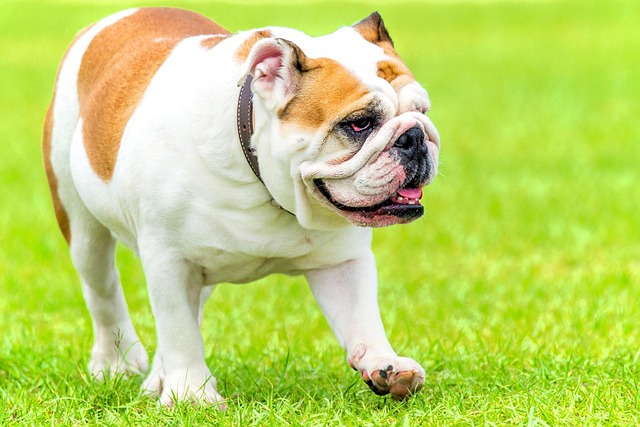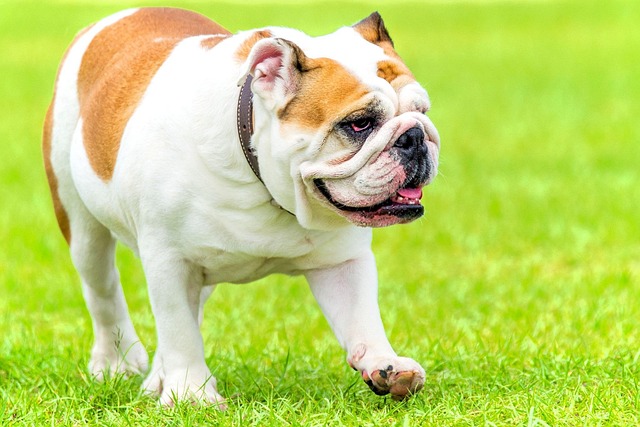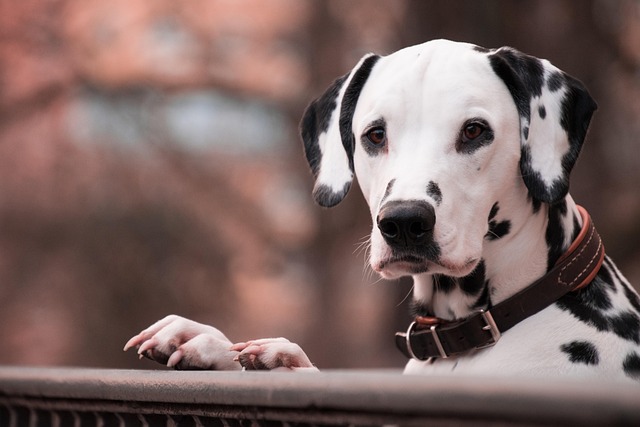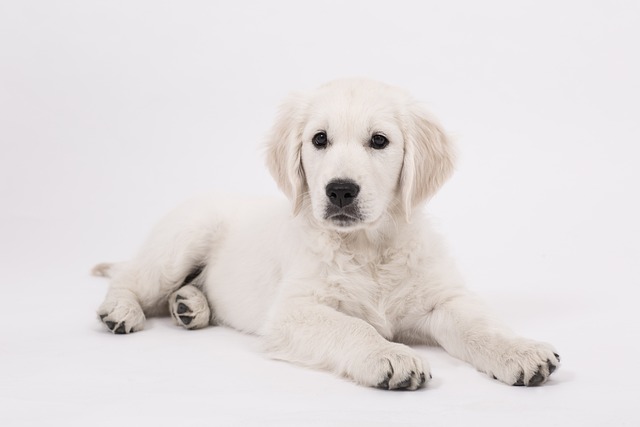
What Is the Best Training for an Aggressive Dog? Empathy-Based Methods
Aggression in dogs often stems from fear, not dominance. Empathy-based training transforms behavior by addressing root causes and building trust, not control.
In the long journey of pet raising, we often face various challenges, and how to give dogs the most appropriate life guidance is the key. Crate training, a link that plays an important role in the growth of dogs, is often misunderstood as a "course" exclusive to puppies. Is this really the case? Let's explore the mystery behind crate training and uncover its profound significance for dogs of different ages.
For puppies, crate training is like a solid foundation for growth. When cute puppies first enter our lives, they are like a pure blank paper, waiting for us to write a beautiful chapter. Crate training is now a great opportunity to shape their good behavior habits. When they are puppies, dogs have limited cognitive abilities, are curious about the world around them, but lack self-control. Crates provide them with an exclusive safe space, like a warm nest, giving puppies a sense of psychological security. In this relatively small and enclosed space, puppies can gradually adapt to being alone and reduce the anxiety and fear caused by separation anxiety. Imagine that when the owner has to leave home temporarily for work or other matters, the puppy trained in the crate can stay quietly in his "little world" and will not destroy furniture or urinate anywhere due to excessive anxiety.
Crate training plays an immeasurable role in the indoor defecation training of puppies. The bladder and intestinal control ability of puppies is not yet fully developed, and they need regular training to learn to defecate at a fixed point. The crate takes advantage of the nature of dogs not liking to defecate in their resting place. When puppies are placed in the crate, they will instinctively try to control their defecation behavior. The owner can take them out of the crate regularly according to the puppies' defecation rules and guide them to the designated defecation place. In the long run, the puppies can gradually develop good defecation habits, which will bring great convenience to their future home life.
 However, we cannot think that crate training is only suitable for puppies. Adult dogs can also benefit greatly from crate training. Many people feel that it is too late to crate train adult dogs after they have already formed their own behavior patterns, but this is not the case. For adult dogs who have not received systematic training before, crate training is a valuable opportunity to reshape their behavior. For example, some adult dogs may have problems with being overactive and having difficulty calming down. The crate can be a place for them to learn to calm down and control themselves. When the dog is in an excited state, guide it into the crate and let it gradually calm down in a quiet environment. After a period of training, the dog will understand that entering the crate means staying quiet and learn to self-regulate behavior.
However, we cannot think that crate training is only suitable for puppies. Adult dogs can also benefit greatly from crate training. Many people feel that it is too late to crate train adult dogs after they have already formed their own behavior patterns, but this is not the case. For adult dogs who have not received systematic training before, crate training is a valuable opportunity to reshape their behavior. For example, some adult dogs may have problems with being overactive and having difficulty calming down. The crate can be a place for them to learn to calm down and control themselves. When the dog is in an excited state, guide it into the crate and let it gradually calm down in a quiet environment. After a period of training, the dog will understand that entering the crate means staying quiet and learn to self-regulate behavior.
For some adult dogs who have behavioral problems due to changes in their living environment, crate training can also work wonders. For example, when dogs move to a new residence and face an unfamiliar environment, they may feel nervous and uneasy, and then exhibit some abnormal behaviors, such as barking and hiding. At this time, the crate can become a familiar "safe haven" for them in the new environment. Put toys, blankets and other items that are familiar to dogs into the crate, so that they can feel the familiar atmosphere in this small space, thereby relieving anxiety and adapting to the new environment faster.
From an emotional perspective, crate training should not be seen as a confinement of dogs, but a caring way of guidance. Whether it is a puppy or an adult dog, when they feel safe and comfortable in the crate, they will establish a deeper level of trust with their owners. We can regard the process of crate training as an intimate interaction with dogs. In this process, we patiently guide them, give rewards and care, and let the dogs understand that our intentions are for their good. When the dog performs well in the crate, we give delicious snacks as rewards and praise them in a gentle tone. This positive feedback will make the dog gradually like the crate and regard it as his warm home.
When conducting crate training, we need to pay attention to the scientificity and rationality of the method. Dogs cannot be locked in crates for a long time, otherwise they will feel imprisoned, which is counterproductive. According to the age, breed and individual differences of the dog, the time spent in the crate should be reasonably arranged, and ensure that they have enough time for outdoor activities, play and socialization. At the same time, when guiding the dog into the crate, a gentle and patient approach should be adopted to avoid coercion, so that the dog can accept the crate voluntarily.
Crate training is not only a short-term training method suitable for puppies, but also runs through the entire life course of the dog. It is indispensable for the growth foundation of puppies and the improvement of adult dog's behavior and adaptation to the environment. As dog owners, we have the responsibility to give them the best life, and crate training is one of the powerful tools in our hands. Let us use love and patience to create a safe and comfortable crate space for dogs, accompany them steadily on the road of growth, spend countless good times together, and witness them become more well-behaved and happy partners.

Aggression in dogs often stems from fear, not dominance. Empathy-based training transforms behavior by addressing root causes and building trust, not control.

Wondering if your furry friend has what it takes to zoom through tunnels and leap over hurdles? It’s not just about speed and athleticism—though those help!

The excitement of watching dogs zip through obstacle courses makes every pet owner wonder: could my dog be an agility star? While the sport celebrates speed and skill, it’s not a one-size-fits-all activity.

Picture this: you're walking your rescue pup through a charming Boston neighborhood when a jogger approaches. Suddenly, your normally sweet dog lunges

That sudden explosion of barking when the delivery driver approaches your porch isn't just jarring—it’s a natural alarm system gone haywire.

You’re standing at the front door, keys in hand, ready to head out for the day. But your dog’s whining and pacing make you hesitate